WHAT ARE HUMIC AND FULVIC ACIDS?
Humic acid and fulvic acid are types of “humic substances,” the major components of organic matter found throughout nature because of the action of millions of beneficial microbes on decomposing plants (humification). Considered to be the most chemically active compounds in soil, humic substances contain many nutritional phytochemical groups, including natural sterols, hormones, fatty acids, polyphenols, and ketones, as well as phytochemical subgroups of compounds such as flavonoids, flavones, flavins, catechins, tannins, quinones, isoflavones, and tocopherols, natural Fulvic/Humic vitamins, amino acids, and minerals such as:
THE BELOW MINERALS ARE ALL IN ORGANIC FORM-PLANT DERIVED
Aluminum, Antimony, Arsenic, Barium, Bismuth, Boron, Bromine, Cadmium, Calcium, Carbon, Cerium, Cesium, Chloride, Chromium, Cobalt, Copper, Dysprosium, Erbium, Europium, Fluorine, Gadolinium, Gallium, Germanium, Gold, Hafnium, Holmium, Indium, Iodine, Iridium, Iron, Lanthanum, Lead, Lithium, Lutetium, Magnesium, Manganese, Molybdenum, Neodymium, Nickel, Niobium, Osmium, Palladium, Phosphorous, Platinum, Potassium, Praseodymium, Rhenium, Rhodium, Rubidium, Rubidium, Ruthenium, Samarium, Scandium, Selenium, Silicon, Silver, Sodium, Strontium, Sulphur, Tantalum, Tellurium, Terbium, Thallium, Thorium, Thulium, Tin, Titanium, Tungsten, Vanadium, Ytterbium, Yttrium, Zinc, Zirconium.
FULVIC ACID: ONE OF NATURE’S MIRACLES
A Powerful Organic Electrolyte: Electrolytes are used by the body’s cells to maintain voltages across cellular membranes and to convey electrical impulses to other cells. Fulvic acid helps cells achieve a vital electrochemical balance across and among the body’s cells.
A Free-radical Scavenger and Antioxidant: Fulvic acid can react with both negatively and positively unpaired free electrons to render free radicals harmless, changing them into new useable compounds or eliminating them as waste. Fulvic acid also promotes oxidation-reduction reactions of transition metals that can damage the body’s cells and tissues.
A Natural Chelator and Pollutant Detoxifier: Fulvic acid is effective in transforming metals and minerals into readily absorbable forms. It can also bind with organic pollutants (pesticides, herbicides) to form new types of metal ions, catalyse the breakdown of toxic pollutants, and weather and decompose silica to release essential mineral nutrients.
An Aid in Increasing Nutrient Bioavailability: Fulvic acid’s low molecular weight helps render cellular walls more penetrable by reducing their surface tension, thus allowing cells to more easily and efficiently respirate, hydrate, absorb minerals, amino acids, and other nutrients, and eliminate waste.
Natural Source of Trace minerals: the body [needs] them in [trace] amounts. The next time you see the elements “aluminum,” “arsenic” and “lead” listed on the label of a product find out whether they come from an organic plant source or inorganic metallic source. If the source is inorganic (like the minerals found in most tap water) you should be concerned, however, if the source is organic be assured that the elements are organic plant-derived, essential, and 100% safe.
Increased scientists and doctors worldwide are recognizing the extraordinary potential of fulvic acid, a vital component of humic acid. For millennia, human beings have received beneficial amounts of fulvic acid complexes through their consumption of plants, just as nature intended. Unfortunately, modern use of pesticides and fertilizers, along with inadequate agricultural practices, erosion, and mineral depletion, have contributed to decreased microbial activity in the world’s soil deposits. As a result, adequate quantities of fulvic acid have been missing from our food crops for generations. Why is this an important health issue to address? Because fulvic acid derived from humate usually contains sixty or more minerals and trace elements that are nutritionally essential for cell health and balance (including cell growth and replication). That is not all.
In addition to helping transport minerals to living cells, catalyzing vitamins within cells, and metabolizing proteins, RNA, and DNA, fulvic acid also acts as:
Lead, Arsenic, Aluminium, Mercury are they toxic poisons?
Did you know that an apple contains 3-5 mg of aluminum and trace amounts of lead, arsenic, and mercury? Micro or trace minerals are essential for good health if they come from an organic or plant source. In contrast, if they come from an inorganic or metallic source, such as heavy metals, they are toxic. For example, iodine in an organic form is necessary for health. Non-organic or metallic iodine in the same amount can kill you.
Why are people frightened of these trace minerals?
There have been numerous deaths and birth defects caused by heavy metal poisoning from metals such as lead. People have used arsenic as a poison and pesticide for centuries. The news is filled with grim reports about these substances. However, little is said about the all-critical source. Is it organic or inorganic?
Research shows that organic plant-derived trace minerals will replace the heavy metals deposited in the body. The heavy metals are then flushed from the body.
Organic trace minerals are not deposited in the body like inorganic forms of these elements.
There is an enormous difference between an organic and an inorganic mineral. Once a plant source utilizes minerals from the ground, they are digested, making them ionic or electrical in nature. This makes it easier for the body to assimilate and use the minerals at a cellular level. Subsequently, they are not stored or deposited somewhere else in the body. Trace minerals in their inorganic form are not easy for the body to use. They are stored in the tissues and eventually, copious amounts build up and become extremely toxic.

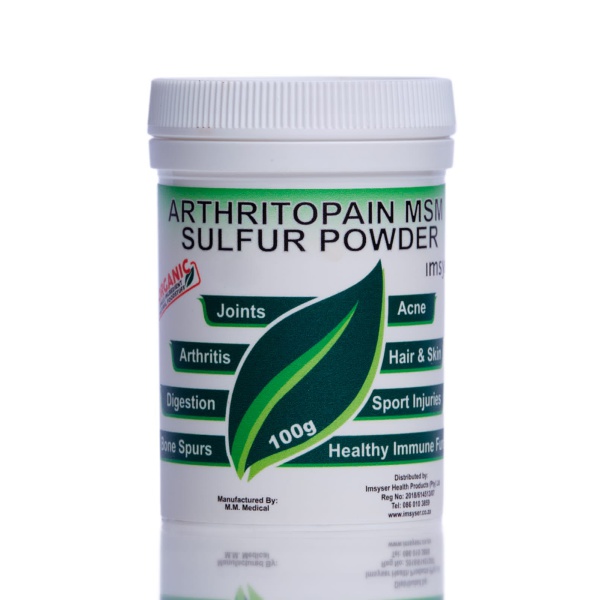

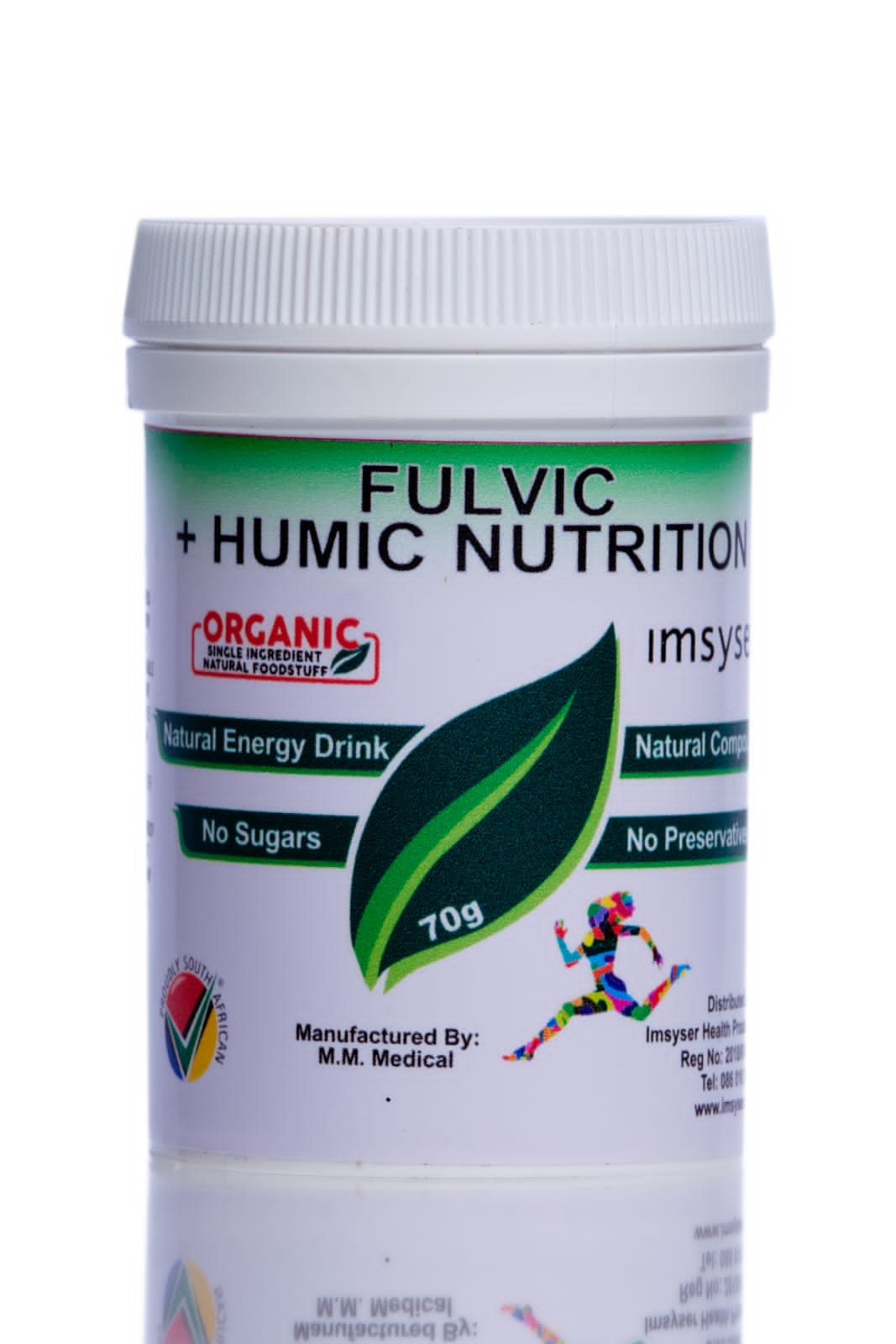
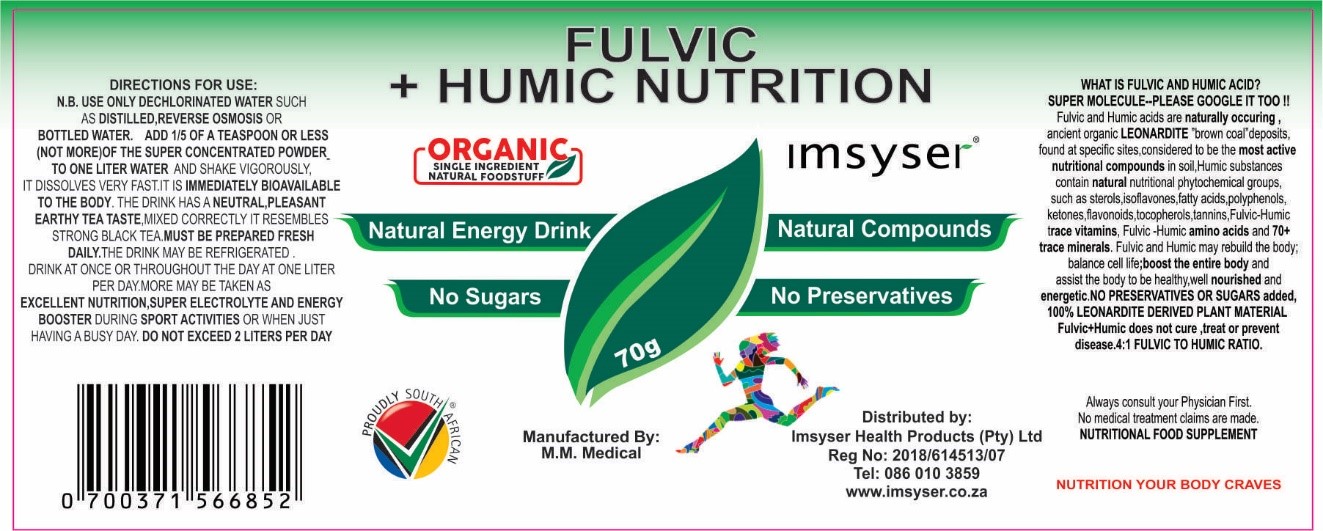

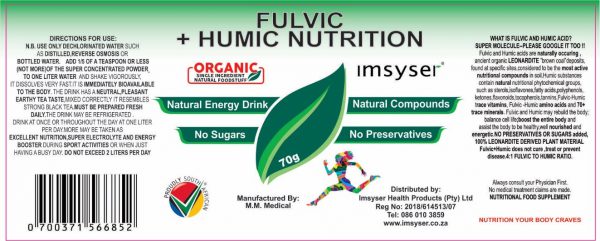


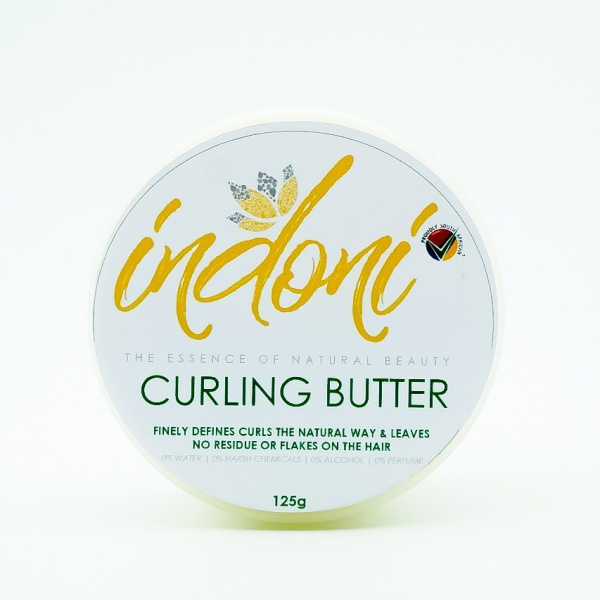
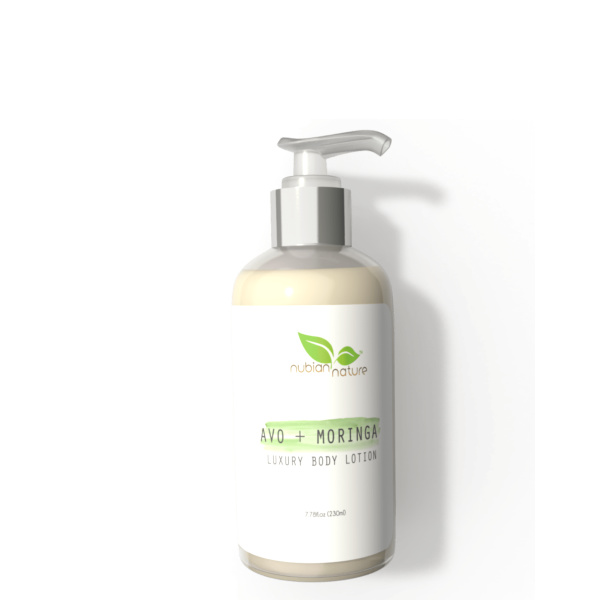
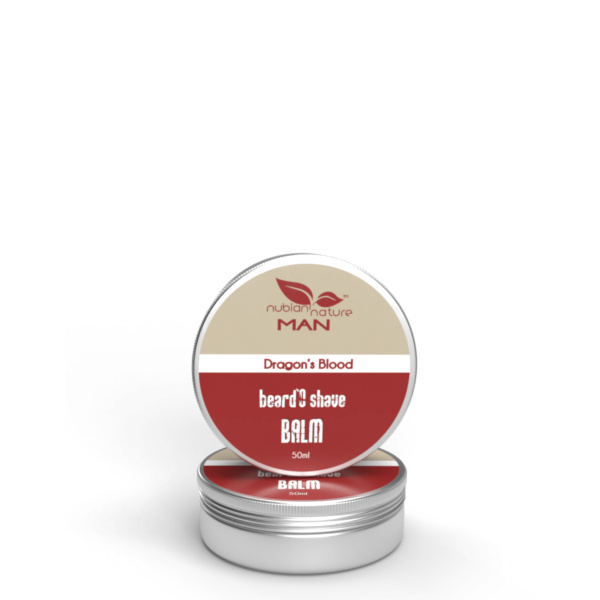







































































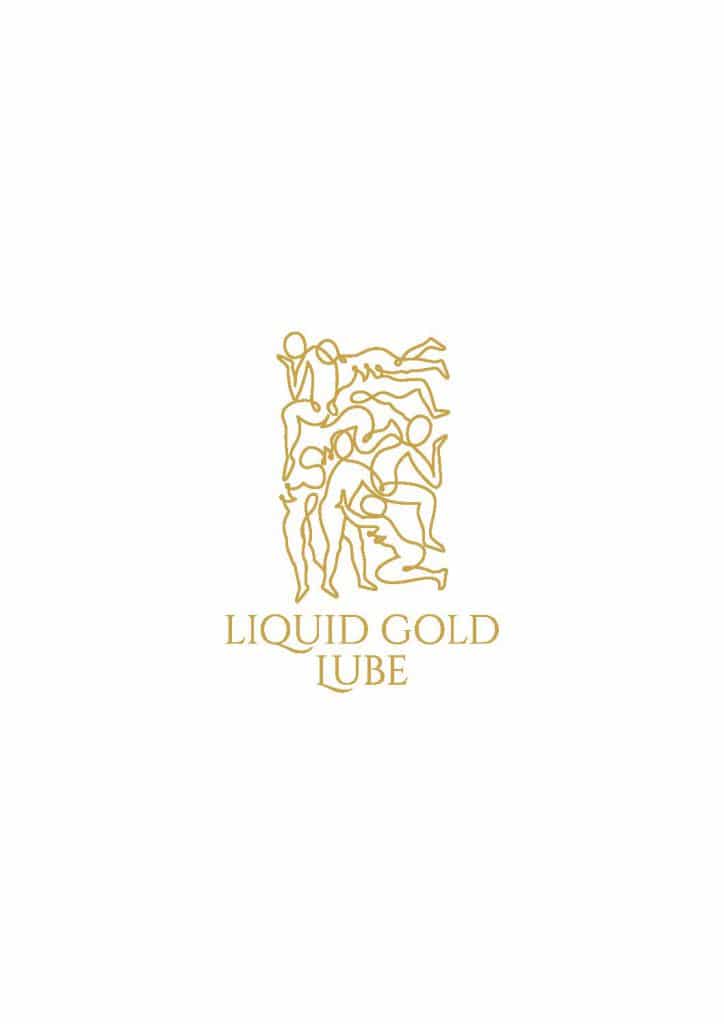







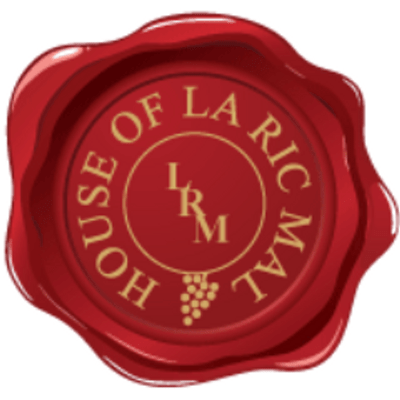









Reviews
There are no reviews yet.